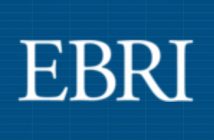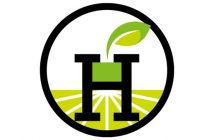If a business is concerned about security when purchasing software as a service provider, they should at least check the SOC 2 compliance of the vendor. For those who are not yet familiar with the requirements of SOC 2 compliance, you need it if you want your business to build trust among clients and auditors.
Understanding SOC 2 compliance
SOC 2 stands for service organization control 2. It’s comprised of compliance requirements and auditing processes for third-party service providers. It was created to help organizations decide if their vendors and business partners can protect the privacy and interests of their clients and manage data securely. SOC 2 was developed by the American Institute of Certified Public Accountants.
The essential requirements of SOC 2 compliance
SOC 2 compliance is about correctly managing customer data. It comprises trust services categories, namely privacy, confidentiality, processing integrity, and availability of security. If you want to ensure proper compliance, check out the anecdotes SOC 2 compliance solution.
Security is one of the most crucial aspects of SOC 2 compliance, and it is integral to all the trust service concepts. The principle focuses on protecting the data and assets of the service covered by SOC 2 compliance. It is essential to implement unauthorized access to prevent disclosure of company information, unauthorized alterations, misuse of corporate software, and unauthorized data removal by addressing these controls:
- Physical and logical access controls. Refers to how your organization restricts and manages the physical and logical access to your stored information to prevent unauthorized access to corporate and customer data.
- System operations.Pertains to managing your system operations in detecting and mitigating the differences occurring from established procedures.
- Change management.Refers to the implementation of a controlled change management process to ensure the prevention of unauthorized changes.
- Risk reduction. About how the organization identifies and develops risk reduction activities when dealing with business disruptions and using vendor services.
SOC 2 compliance is subject to interpretation, based on the organization’s needs to comply with regulatory guidelines. There are additional compliance requirements that are more skewed to businesses in the banking or finance sector, where data security is of the utmost importance.
- Also means the accessibility of your system for monitoring and maintaining your data, software, and infrastructure and having a method to measure current usage and identify environmental and technical threats.
- Processing integrity.Focuses on delivering the correct data at the right time, and ensuring that the data processing is accurate, timely, authorized, and valid.
- Confidentiality and privacy.Focus on private data access and disclosure restrictions regarding personal data. It also includes procedures to identify confidential information, how long the company must keep the data and when to destroy them. Data privacy is about the organization’s ways of collecting, using, and retaining personal information and the process of disclosing and disposing of personal data.
It is essential to learn the requirements of SOC 2 compliance so that your organization can devise the processes and controls for its implementation, then use the tools needed to make the implementation easier. The requirements are more flexible and allow the organization to decide what technical security control to implement according to the needs of the business.





